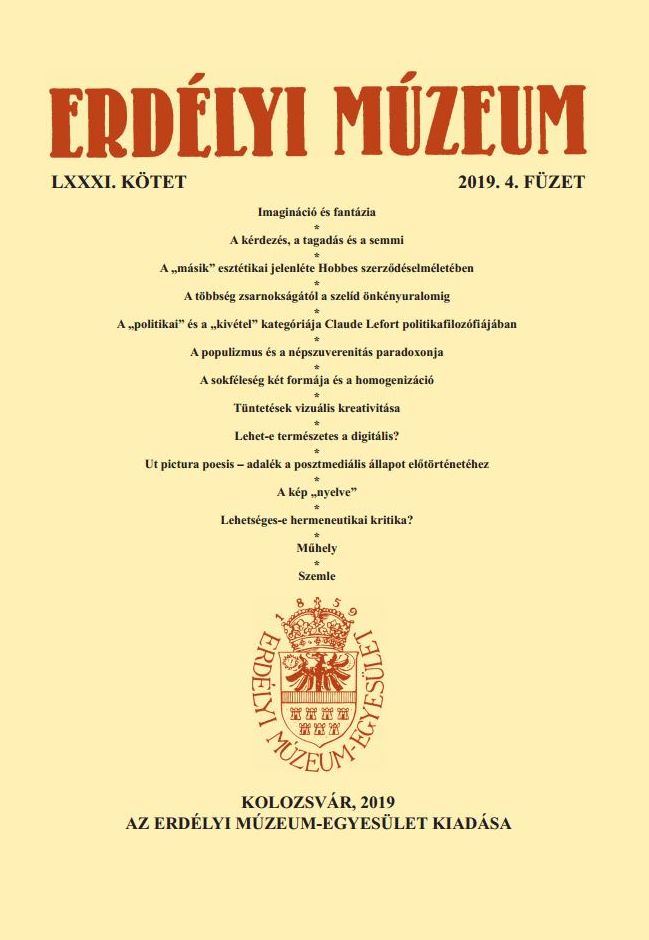A sokféleség két formája és a homogenizáció
The Two Forms of Diversity and Homogenization
Author(s): János Tóth I.Subject(s): Philosophy, Political Philosophy, Social Philosophy, Contemporary Philosophy, Structuralism and Post-Structuralism, Philosophy of Science
Published by: Erdélyi Múzeum-Egyesület
Keywords: sameness; structure; biodiversity; identity; politics; globalization
Summary/Abstract: Diversity is the unity of sameness and non-sameness (difference). In a basic situation, the more significant the difference, the greater the diversity. However, the organic systems based on relatively homogeneous groups, sub-units and structures are governed by special rules. The heterogenization of groups, that is, their dissolution decreases diversity. I propose to present this paradox effect of homogenization through examples taken from biology and social studies. The structural diversity of humanity is closely linked to the objective and subjective sameness and identity of individuals. There are three fundamental, political approaches to relate to human diversity: hierarchy, the approach that emphasizes difference; equality that emphasizes sameness, and equality that emphasizes difference. The first approach belongs to the outworn past, therefore the battle for defining the future takes place between the remaining two approaches. The aspect that these approaches are debating is whether it is the individual form of diversity (globalization, deconstruction) or its structural form (emancipation, sovereignty) that must be promoted.
Journal: Erdélyi Múzeum
- Issue Year: LXXXI/2019
- Issue No: 4
- Page Range: 55-62
- Page Count: 8
- Language: Hungarian

